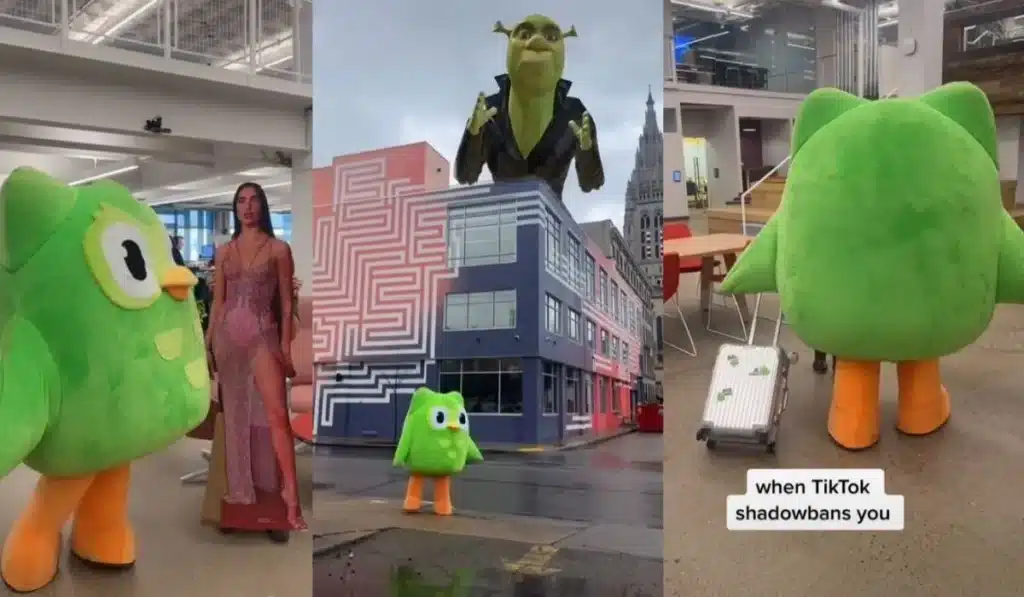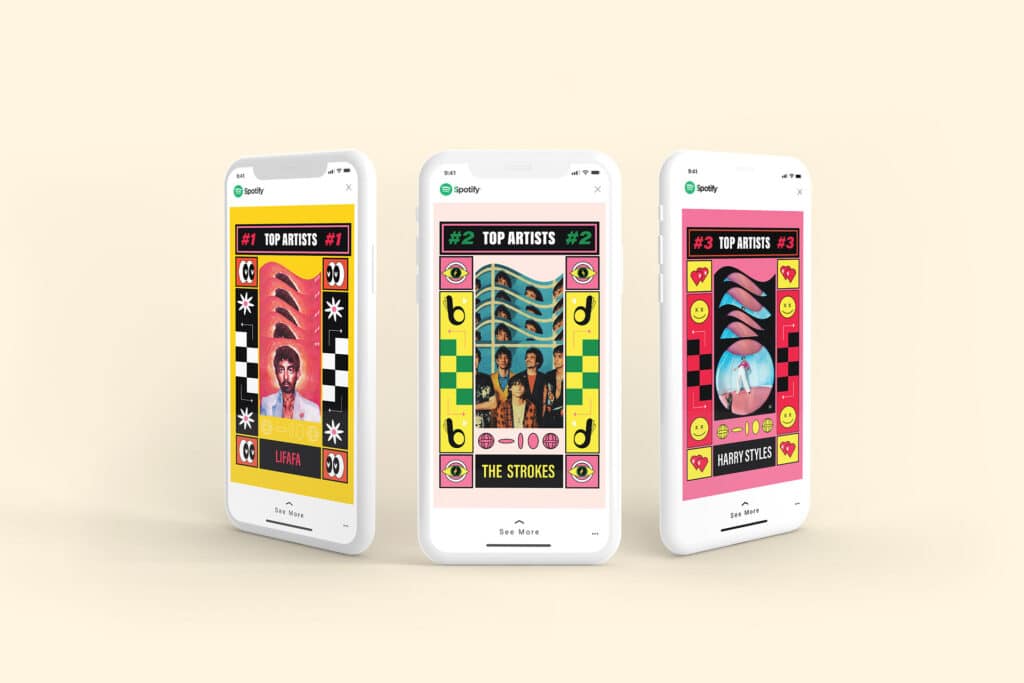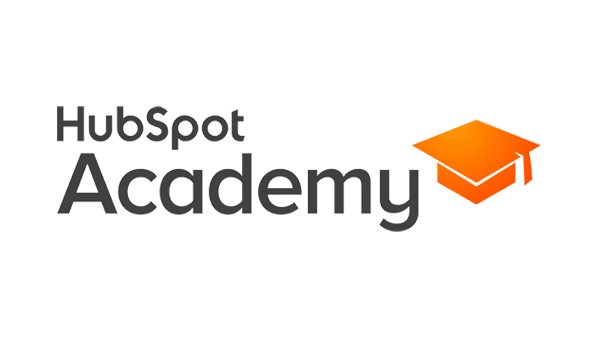Introduction
Content marketing isn’t about creating more—it’s about creating better. Whether you’re a small business or a global brand, content that informs, entertains, or inspires can drive real business results. But what actually works?
In this post, we break down 10 proven content marketing case studies—what they did, why it worked, and how you can apply similar tactics in your own campaigns.
10 Content Marketing Case Studies That Drove Real Results
1. Duolingo’s TikTok Strategy: Humor and Consistency Led to Viral Growth

Duolingo reinvented its brand presence using TikTok. Their mascot, Duo the Owl, became a viral character through humorous skits that resonated with Gen Z.
- Tactics: Trend hijacking, meme marketing, mascot-led storytelling
- Posting Frequency: 3–5 times per week
- Tools: TikTok analytics, in-house creative team
- Results: Over 4 million TikTok followers and a spike in app downloads
- Takeaway: A strong brand personality can outperform traditional content in engagement.
2. Spotify Wrapped: Personalization That Goes Viral

Spotify Wrapped transforms user listening data into colorful, shareable stories at the end of each year.
- Tactics: Data visualization, gamification, social-first design
- Strategy: Annual campaign builds anticipation and social momentum
- Tools: Backend data APIs, mobile-first UX
- Results: Millions of social media shares annually, driving user retention
- Takeaway: Personalized content increases emotional engagement and organic reach.
3. Glossier’s UGC-First Content Model
Glossier built a billion-dollar brand by leaning into real customer content. From product reviews to selfies, they use authentic voices instead of polished ad campaigns.
- Tactics: UGC repurposing, community building, influencer collaboration
- Platforms: Instagram, website, email
- Results: High retention and customer loyalty
- Takeaway: Peer validation can outperform polished marketing in trust and conversion.
4. HubSpot’s Free Education Engine

HubSpot became a go-to resource for marketers through consistent blogging, free tools, and online certifications.
- Tactics: Inbound content, SEO blogging, lead magnets
- Content Volume: 3–4 high-quality blog posts per week
- Tools: HubSpot CMS, Academy platform
- Results: 7 million monthly blog visitors and thousands of course completions
- Takeaway: Free value builds brand loyalty and long-term lead pipelines.
5. Red Bull: Content as Entertainment, Not Advertising
Red Bull doesn’t just sell drinks—they create high-adrenaline content like extreme sports events and documentaries.
- Tactics: Branded entertainment, YouTube series, event sponsorship
- Owned Media: Red Bull TV, in-house media agency
- Results: Over 10 million YouTube subscribers and unmatched brand association
- Takeaway: Great content can position your product as part of a lifestyle.
6. Airbnb – Storytelling at Scale
Airbnb focused on user stories to build trust in a new model of travel. By highlighting hosts and guests, they made their platform more human.
- Tactics: User storytelling, long-form blog posts, email campaigns
- Channels: Website, newsletters, YouTube
- Results: Increased bookings, stronger brand trust
- Takeaway: Human stories connect emotionally and reduce friction in new buying experiences.
7. Coca-Cola’s “Share a Coke” Campaign
Coca-Cola printed popular names on its bottles and encouraged people to find and share their personalized drinks online.
- Tactics: Personalization, point-of-sale engagement, hashtag campaigns
- Adaptability: Localized for different countries and cultures
- Results: Over 500,000 social media shares and a sales bump
- Takeaway: Personalizing physical products can fuel digital word-of-mouth.
8. Moz’s Whiteboard Friday: Building Authority with Education
Moz turned complex SEO concepts into accessible videos using a simple whiteboard setup. This weekly series built a loyal following.
- Tactics: Educational video, visual storytelling, consistent scheduling
- Content Format: Short video, transcription, blog embedding
- Results: Improved domain authority and thousands of backlinks
- Takeaway: Consistency and clarity in education can position your brand as a trusted expert.
9. Neil Patel: Value-First, Monetize Later
Neil Patel dominates Google search by giving away extensive guides, tutorials, and tools for free.
- Tactics: Keyword-targeted blogging, freemium tools, long-form content
- Tools: Ubersuggest, content clusters
- Results: Over 10 million monthly site visitors
- Takeaway: Giving away immense value builds traffic and trust that converts later.
10. LEGO Ideas: Crowdsourcing Innovation
LEGO opened its product development to fans, allowing them to submit and vote on new set ideas. Winning designs became real products.
- Tactics: Crowdsourcing, fan voting, product co-creation
- Platform: Dedicated LEGO Ideas website
- Results: Viral product launches and community growth
- Takeaway: Empowering your audience creates both loyalty and innovation.
Key Takeaways
- Authenticity, personalization, and user involvement drive the most effective content.
- Educational and consistent content builds long-term trust and SEO authority.
- Lifestyle and entertainment-based content can increase brand affinity without direct selling.
FAQs
1. What is content marketing’s main purpose?
To attract and retain a clearly defined audience by creating valuable, relevant, and consistent content.
2. How long should a content campaign last?
Sustainable results often come from long-term efforts—ideally 3–6 months minimum.
3. Which platforms work best?
It depends on your audience. For B2B, blogs and LinkedIn are strong. For B2C, TikTok, Instagram, and YouTube perform well.
Conclusion
These real-world case studies show that there’s no one-size-fits-all approach to content marketing—but success always starts with understanding your audience and delivering content that matters.
Which brand inspired you the most? Leave a comment and let us know.

